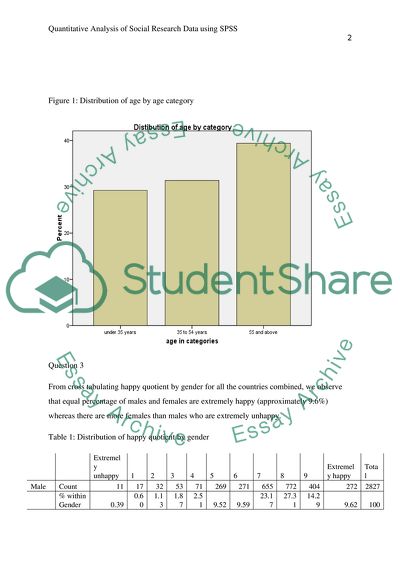Cite this document
(Quantitative Analysis of Social Research Data Using SPSS Assignment Example | Topics and Well Written Essays - 2500 words, n.d.)
Quantitative Analysis of Social Research Data Using SPSS Assignment Example | Topics and Well Written Essays - 2500 words. https://studentshare.org/sociology/1771092-quantitative-analysis-of-social-research-data-using-spss
Quantitative Analysis of Social Research Data Using SPSS Assignment Example | Topics and Well Written Essays - 2500 words. https://studentshare.org/sociology/1771092-quantitative-analysis-of-social-research-data-using-spss
(Quantitative Analysis of Social Research Data Using SPSS Assignment Example | Topics and Well Written Essays - 2500 Words)
Quantitative Analysis of Social Research Data Using SPSS Assignment Example | Topics and Well Written Essays - 2500 Words. https://studentshare.org/sociology/1771092-quantitative-analysis-of-social-research-data-using-spss.
Quantitative Analysis of Social Research Data Using SPSS Assignment Example | Topics and Well Written Essays - 2500 Words. https://studentshare.org/sociology/1771092-quantitative-analysis-of-social-research-data-using-spss.
“Quantitative Analysis of Social Research Data Using SPSS Assignment Example | Topics and Well Written Essays - 2500 Words”. https://studentshare.org/sociology/1771092-quantitative-analysis-of-social-research-data-using-spss.


